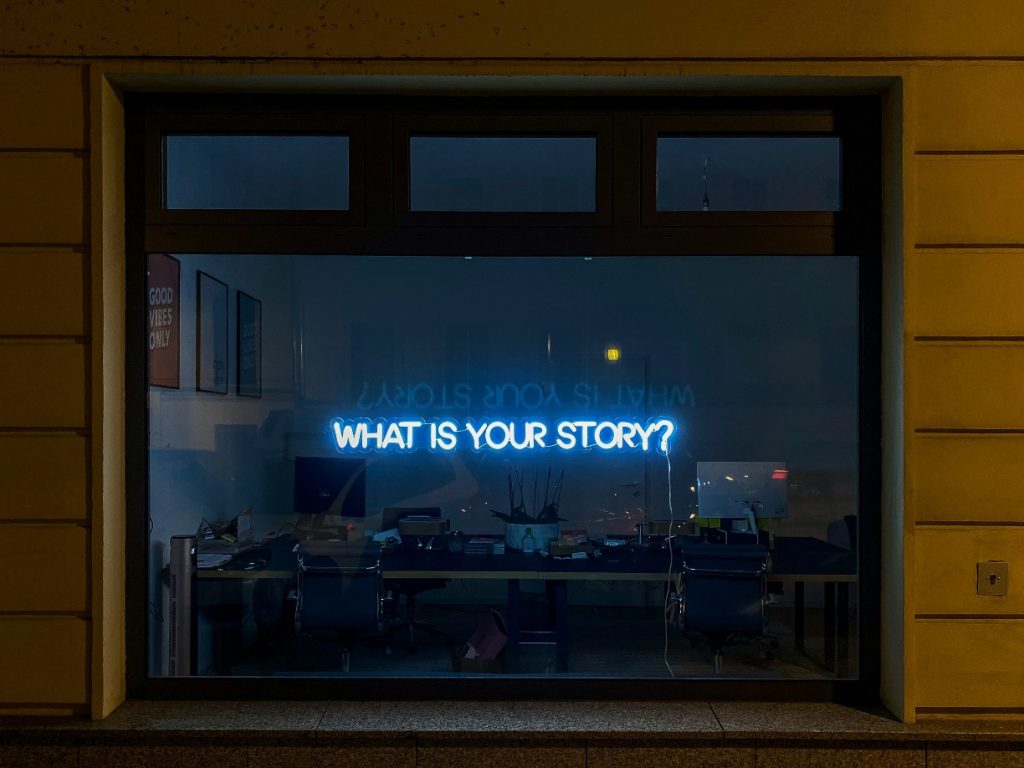
Who tells the story? Reframing the role of the marketer
Who tells the story? Reframing the role of the marketer
By
HdK
In the arts and culture sector, people, communities, and their stories are at the heart of incredible creative work. As marketers, we don’t just promote, we interpret. We reach into the soul of that work and translate it for audiences. Digital marketing and web development agency HdK give us practical tips on sharing space and shaping stories.
In the arts and heritage sector, people, communities, and their stories are at the heart of incredible creative work. As marketers, we don’t just promote, we interpret. We reach into the soul of that work and translate it for audiences.
That translation isn’t just about selling tickets or raising funds. Done well, marketing becomes a tool for empowerment and visibility - offering a platform for others to be seen, heard, and valued.
A shift in mindset, from selling tickets to sharing the stories behind a show or exhibition, can deepen engagement and make your marketing more meaningful, particularly when it comes to the communities you work with.

Understanding your audience: the foundations
One of the first steps in building an effective marketing strategy is to understand your audience. What are their needs and goals? What do they respond to?
At the start of a campaign, it can be easy to jump straight into creating a content plan or filling out a polished social media calendar. But, if you haven’t taken the time to truly understand your audience, you risk trying to speak to everyone, and ending up reaching no one.
When you shift your perspective from pushing out messages to actively listening to your audience, understanding what they want and need from your platforms, you begin to build something much deeper. You’ll not only strengthen your online community, but also grow interest in your organisation among the groups that feel connected to your mission.
Some practical tips
Audience research can range from online surveys and social media insights to focus groups and in-person conversations. The depth of your research will depend on your resources, but the more effort you invest, the more meaningful your insights will be.
At HdK, for example, we recently worked with Museum of the Home to create their new website. As part of the process, we ran focus groups with local communities and from these developed detailed audience personas. These audience personas included identities that represented the Vietnamese community in Hoxton, parents with young children, and people with access needs. Their honest feedback shaped a site that was more accessible, relevant, and welcoming, ensuring the stories represented in the museum also found a suitable home digitally.
Similarly, using social media analytics to understand who’s engaging with your content and who you want to reach can help to build your understanding of who’s watching your content. Regularly reviewing this data allows you to tailor your messaging to better reflect the interests and needs of your community.

Two sides of storytelling: Sharing space and shaping stories
Once you understand your audience, the next challenge is how to connect them to the stories you hold. That’s where storytelling becomes a balance of voice and responsibility.
It’s important to find a balance between:
- Handing over the mic and creating space for communities to tell their own stories in their own words.
- Translating stories and shaping narratives with empathy to engage wider audiences while respecting authenticity.
Both are vital, and knowing when to do each is part of our role as marketers.
Take Gary Clarke Company, for example. Their contemporary dance theatre work is rooted in politically and socially engaged stories from 80s and 90s working-class Britain. The company works with community cast members (everyday people without prior dance experience) who bring lived experience to the stage.
In marketing this work, it’s crucial to not only tell these stories but to also enable those community members to share their voices directly, through formats including video interviews and community spotlight features. This empowers the community and fosters genuine connection.
At the same time, marketing transforms these stories thoughtfully, crafting narratives that resonate with audiences unfamiliar with the context. This is about translation, being guardians of stories, responsible for how they are represented and shared.
Reciprocal partnerships with organisations connected to the stories you’re sharing play an important role in audience engagement. These relationships help you reach communities that you may not be able to access directly, providing trusted alternative channels that already hold credibility with those audiences.
Take the time to build these relationships, and you’ll find they offer mutual benefits - extending your reach while supporting the missions of these partner organisations.
Conclusion
Marketing in the arts and culture sector is about more than just pushing out messages. It’s about building relationships rooted in respect, empathy, and shared stories.
By balancing the roles of storyteller, steward, and translator, marketers can create space for communities to be heard, while also connecting those stories to audiences in ways that deepen understanding and engagement.
If you’re only ever speaking at people, without giving them a chance to respond or reflect on your work, you’re missing valuable opportunities for deeper engagement, richer insight, and longer-lasting relationships.
So, the next time you’re aiming to truly connect with your community, consider passing the mic a little more often. And when you do take the mic, treat the story you’re telling with the care it deserves.














